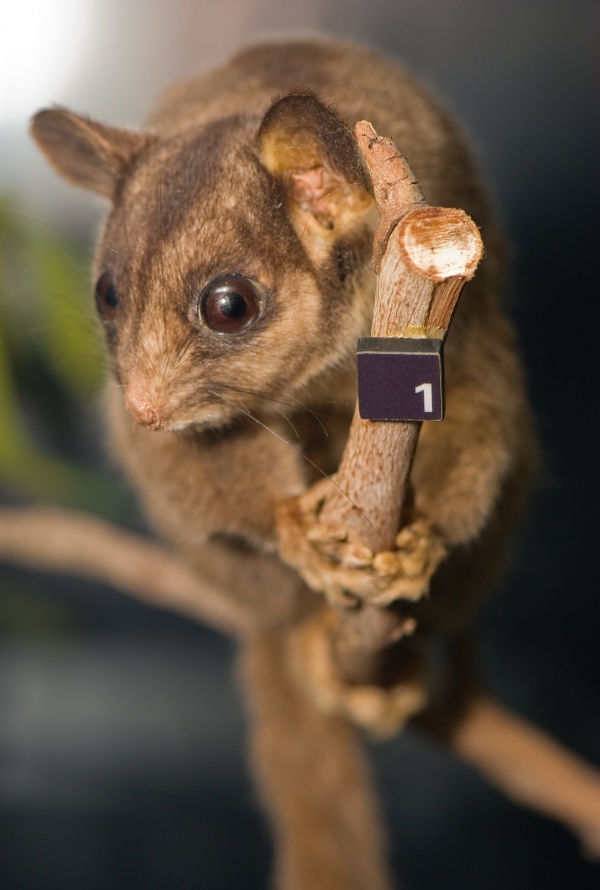Facts About Leadbeater's possum
Meet Leadbeater's possum, affectionately known as the fairy possum. This critically endangered creature primarily inhabits the Central Highlands of Victoria, Australia. Unlike many of their relatives, these possums don't glide and are considered a more primitive form within their genus, Gymnobelideus. Named after John Leadbeater in 1867, these unique animals have faced significant challenges, with their numbers dwindling due to habitat loss from logging and devastating bushfires.
For a time, it was believed that Leadbeater's possums were extinct following the catastrophic Black Friday fires in 1939. However, hope was rekindled when they were rediscovered in 1961. Since then, conservationists have been working diligently to protect the old-growth forests and younger tree stands that these possums need to survive.
Leadbeater's possums are nocturnal and live in small family groups. Their diet consists of wattle sap, arthropods, and plant exudates. They continue to face significant threats, including habitat destruction, logging, and predation by feral cats. Changes in legislation that permit logging in their habitats further exacerbate their plight.
In 2015, these possums were officially listed as critically endangered under the EPBC Act. To combat their decline, various conservation initiatives have been launched, such as "Project Possum" which installs nest boxes to enhance and monitor their habitat. Captive breeding programs, particularly at Healesville Sanctuary, are also part of the effort to save them.
A notable moment for the species came in 2017 when Leadbeater's possum became the 7,000th animal photographed for Joel Sartore's The Photo Ark. Despite all these efforts, the survival of Leadbeater's possum remains precarious, emphasizing the ongoing need for habitat protection and conservation action.
